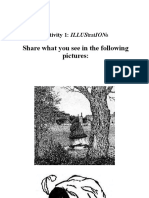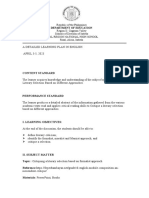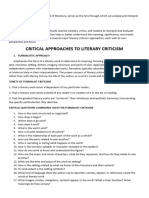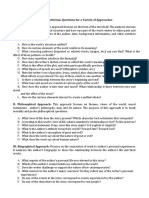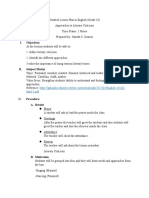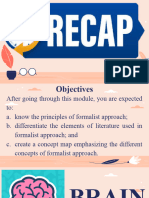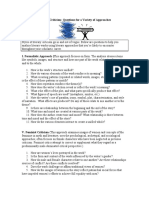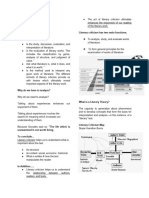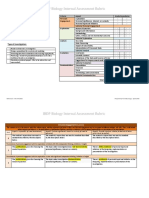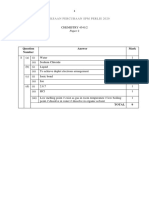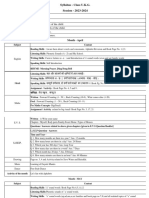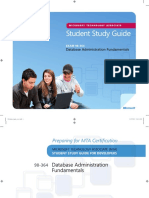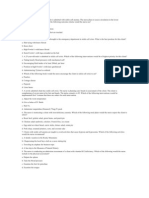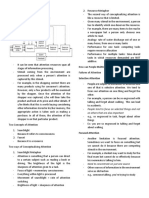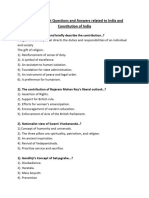Part 1: Introduction to Literary Approaches
1. Definition of Literary Approaches Literary approaches are different
methods used to analyze and interpret texts, each focusing on a
particular aspect of the work. These approaches help us understand
the deeper meanings, structures, and themes of a story.
2. Overview of Literary Approaches
o Structuralist/Formalist Approach: Focuses on the structure,
language, symbols, and elements within the text itself.
o Historical Approach: Examines the historical context of a text.
o Marxist Approach: Focuses on class struggles (workers) and
power dynamics (business owners). (analyzing society)
o Feminist Approach: Analyzes gender roles and the
representation of women.
o Psychoanalytic Approach: Investigates characters'
unconscious desires and motivations.
o Reader-Response Approach: Considers how the reader's
personal experiences affect their interpretation of the text.
o New Historicist Approach: Looks at how the text relates to
cultural and historical forces of the time.
Part 2: Focus on Structuralist/Formalist Approach
1. Primary Focus of Structuralist/Formalist Approach
o Form: How the text is organized—its structure, language, and
style.
o Content: What the text communicates—its themes, symbols,
and motifs.
o Example:
In William Blake's poem The Tyger, the structure and repetition of
"Tyger Tyger, burning bright" create a rhythm that emphasizes
the mysterious power of the tiger. The formal repetition and the
symbolic use of the tiger as a symbol of both beauty and danger
are key to understanding the deeper meaning of the poem.
� 2. Key Principles
o Inseparable Relationship between Form and Content: Form
(structure, style) and content (meaning, themes) are closely tied
together.
o Linguistic Patterns and Symbolism: Analyzing the use of
language, symbols, and motifs to uncover the meaning of the
text.
Example:
o Symbolism in “The Great Gatsby” by F. Scott Fitzgerald:
The green light at the end of Daisy’s dock symbolizes Gatsby’s
unattainable dreams and his yearning for an idealized future. The
light appears throughout the novel, and its significance deepens
as the story progresses, reflecting the structural and symbolic
elements of the text.
3. Activity: Analyzing the Text's Form and Language
o Text: "The Raven" by Edgar Allan Poe
o Task: Examine the rhyme scheme, repetition ("Nevermore"), and
meter to explore how they contribute to the poem's melancholy
and eerie mood.
Example: The refrain "Nevermore" reflects the narrator's
descent into madness and the inescapable nature of his
sorrow.





